The best wireless in-ear headphones, tested by experts
Our latest round up of the best wireless in-ear headphones includes products from Apple, Bang & Olufsen, Bose, JBL, Nothing, and Sony
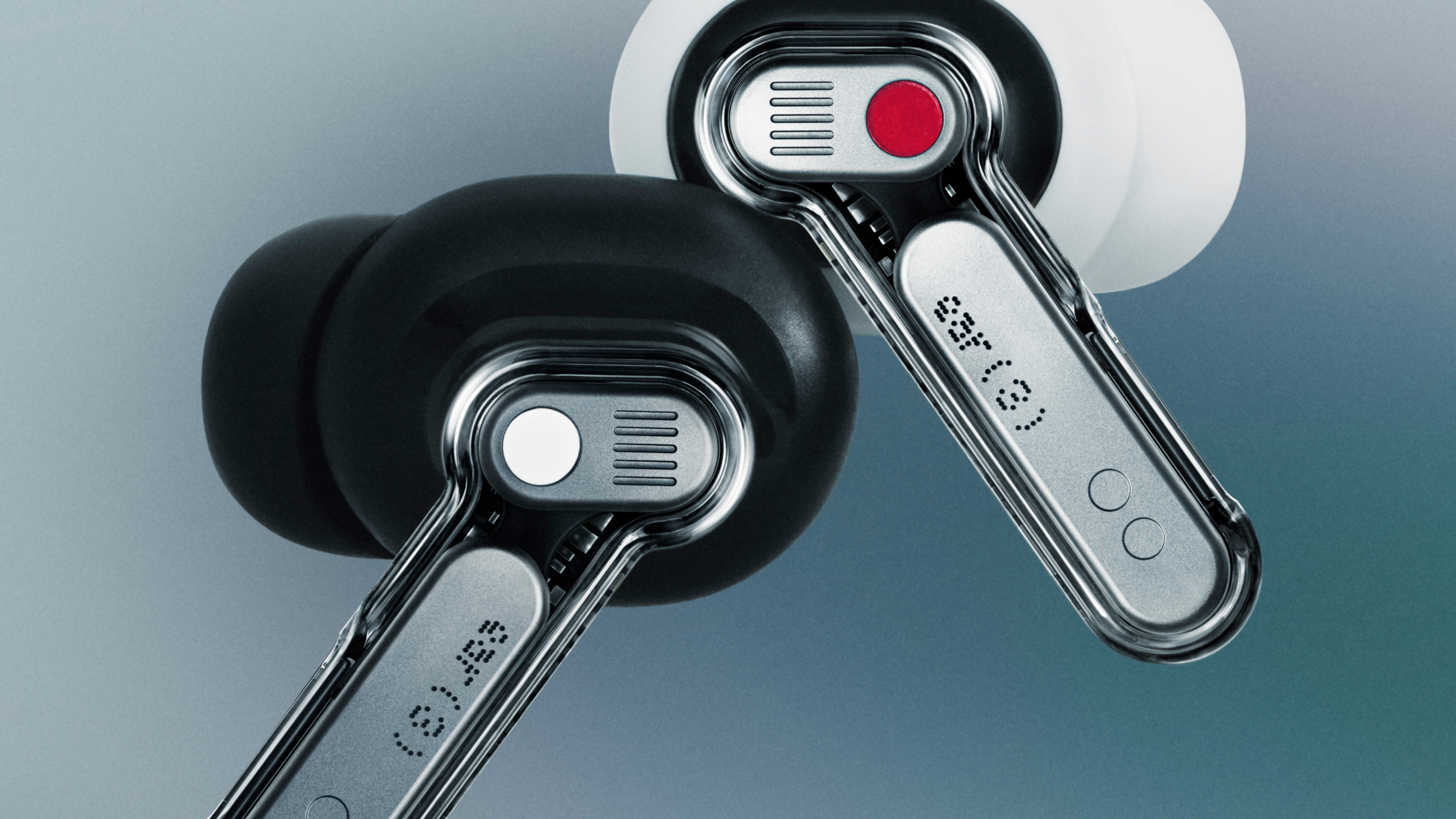
Over-ear headphones may still offer the richest, most immersive listening experience, but there are moments when scale and circumstance demand something smaller. Enter the new generation of wireless in-ear headphones: compact, precisely engineered, and increasingly sophisticated in both form and function.
It’s been nearly a decade since Apple’s first AirPods ushered in the era of untethered listening – an innovation that transformed how we move through the world with sound. Early iterations were imperfect, often prone to sound leakage and inconsistent audio quality, but the category has since evolved dramatically.
Today’s leading models pair airtight comfort with advanced noise cancellation, refined acoustics and smart design, though their diminutive proportions still impose practical limits – namely battery life, with most offering under eight hours of continuous playback before a recharge is required. Silicone and foam tips now deliver a more tailored fit and impressive sound isolation, though some listeners may still find prolonged wear less than effortless.
What we’ve tested
In this article, we’ve tested a selection of the best in-ear headphones, looking at elements such as comfort, sound quality, design, charge case, performance, software, and compatibility; every product has undergone extensive testing, and meets a quality benchmark that means we’re happy to recommend them to you.
Running Spotify Premium on the latest Android and iOS devices, we’ve tried out the following in-ear headphones:
- Apple AirPods Pro 2
- Bang & Olufsen Beoplay Eleven
- Bose QuietComfort (2nd Gen)
- JBL Tour Pro 3
- Nothing Ear
- Sony WF-1000XM5
Whether you’re looking for the highest degree of comfort, a secure fit, ultimate sound quality, or the most effective active noise cancelling (ANC), these in-ear headphones provide an excellent choice, whatever your needs.
Bose QuietComfort Ultra Earbuds (2nd Gen)
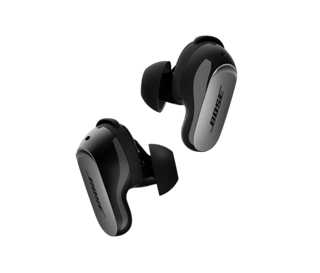
Bose has become synonymous with noise-cancelling technology. And when it releases a product with ANC, it tends to set a new high-water mark. So it should come as no surprise that this is also the case with the Bose QuietComfort (2nd gen) in-ear headphones, which deliver the best ANC of all the products we included in our round-up.
To achieve these levels of ANC, the Bose QuietComfort Ultra Earbuds include two separate silicone parts – an ear tip, as well as a stability band to ensure a secure fit – which, while looking a little bulky, perform incredibly well.
Some tweaking required
Out of the box, we found these headphones a little heavy on bass, but this is easy to adjust within the Bose app, which has an equaliser that supports adjustments across bass, mid, and treble. And once you’ve got the headphones tuned to your personal preference, they are a joy to use. Sound is rich, and mids don’t get overpowered by the ‘U’-shaped tuning that you often get with in-ear headphones.
The app, which is fairly basic, also gives you the option to test the fit of your earbuds, edit the touch controls, and select the best Immersive Audio settings. Immersive Audio is a new feature for Bose earbuds, which enables you to push the soundstage forward, putting the audio in front of you. It can be set to ‘Still’ – so as you move your head, your audio source remains static – or ‘Motion’, which moves the source as your head moves.
Design and fit
Of all the headphones we tested, these felt the most secure, making them ideal for more active pursuits such as jogging and gym sessions. However, having such a secure fit means that they can trap in a little heat and moisture, but this is easily remedied by removing them for a few seconds.
While the design won’t be to everyone’s taste, they are comfortable to wear, and the weight is distributed well, so you never feel like they’re going to fall out of your ears. The wide stem on these headphones also makes them easy to control, using taps for different modes and actions. And you can also change the volume levels by sliding your finger up or down the stem, similar to the AirPods Pro 2 and 3.
The QuietComfort Ultra Earbuds give you around six hours of playback, and the charging case holds another 18 hours, giving you a total of 24 hours of listening time.
Are they right for you?
The QuietComfort Ultra Earbuds were the clear winner when it came to noise cancellation among the in-ear headphones we tested. If ANC is a deal-breaker for you, then these are the earbuds we’d recommend. As well as great ANC, they deliver fantastic audio quality, and provide a fit that’s secure enough to support on-the-go usage, especially when exercising.
There are a few downsides, though. The call quality on these headphones is average, with mediocre mic performance, and there’s also no wireless charging. However, if comfort, ANC, and sound quality are your priorities, it’s hard to look past them.
Pros
- Secure and comfortable fit
- Best-in-class ANC
- Easy volume control
- Excellent sound quality
Cons
- Basic iOS/Android app
- Bulky looking design
- Poor call and mic quality
- Require audio tweaking
Apple AirPods Pro 2
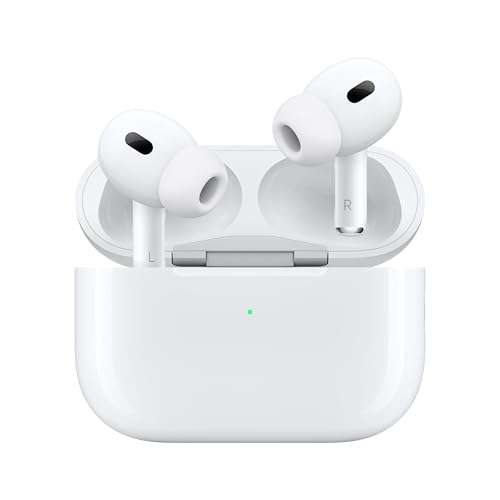
Unlike Apple’s standard AirPods, the Pro range comes with silicone ear tips that enable you to get a more secure fit, which is important when it comes to delivering the best active noise cancellation (ANC). Across the headphones we tested, the AirPods Pro 2 were amongst the best performers when it came to ANC. But there’s more to these headphones than just noise cancellation.
The main features
The sound quality of the AirPods Pro 2 is a big improvement on its predecessor. There’s no support for high-res audio, but the Bluetooth AAC codec performance is still excellent, and you get a well-balanced sound profile, with a surprisingly wide and airy soundstage (partly thanks to a vent system, which also helps with airflow). Of all the headphones we tested, these felt the most “natural” to wear.
We had no issue finding a good fit with these headphones, which weigh in at 5.3g per earbud. The build quality is as you’d expect from Apple, and you don’t have to worry about picking the best colour, because you can only get them in white.
As well as noise cancellation, the AirPods Pro 2 include a transparency mode, which enables you to hear what’s going on around you. And, unlike some Apple headphones, you also get the option to set the transparency volume, but these options are buried in the system settings. To access them you need to go to Settings > Accessibility > Audio & Visual > Headphone Accommodations.
Elsewhere, a Personalised Spatial Audio feature supports dynamic head tracking, which is able to fix an audio source in one position, making it useful when watching video content. And you can also run a hearing test that creates a specific profile, enabling you to use the device as a hearing aid. (You can find independent testing data here.)
Design and controls
Using the force sensor controls on the earbud, you can pinch the stem to play, pause, skip, answer calls, and also change your listening mode. And, by swiping your finger up and down the stem, you can also adjust the volume. This takes a little getting used to, especially if you’re used to positioning your headphones by holding the stem to do so.
Apple provides a USB-C charging case (which can also be charged wirelessly), which gives you a further 30 hours of charging, and includes a small speaker, enabling you to find your headphones if you misplace them (you can also track your device using Apple’s Find My software). And as with most Apple products, the most useful features require you to be in the iOS environment, which is especially true with the Pro 2 headphones. (Unlike other products that provide a standalone app, you access Pro 2 features through the operating system.)
Are they right for you?
Apple recently announced the availability of the AirPods Pro 3, which will continue to use Apple’s H2 chip, and is capable of processing sound sound 48,000 times per second to deliver immersive, personalised, and spatial audio.
Apple claims that noise cancelling is improved, along with comfort, but we had no issues with wearing the AirPods Pro 2 for prolonged periods. However, one area that has been significantly improved in the Pro 3 model is battery life, which is just 5-6 hours in the Pro 2 earbuds, and has been boosted to 7-8 hours for the Pro 3s (which is more in line with the other headphones tested here).
If you’re connecting to Apple devices, and are looking for the most seamless and high-quality experience, then we recommend the AirPods Pro 2 (which should see a significant price drop following the launch of the Pro 3 headphones).
Pros
- Excellent ANC
- Hearing aid functionality
- Comfortable fit
- Great build quality
Cons
- Only 5-6 hours of playback
- Controls can be fiddly
- No standalone app
- Requires iOS for full features
Bang & Olufsen Beoplay Eleven
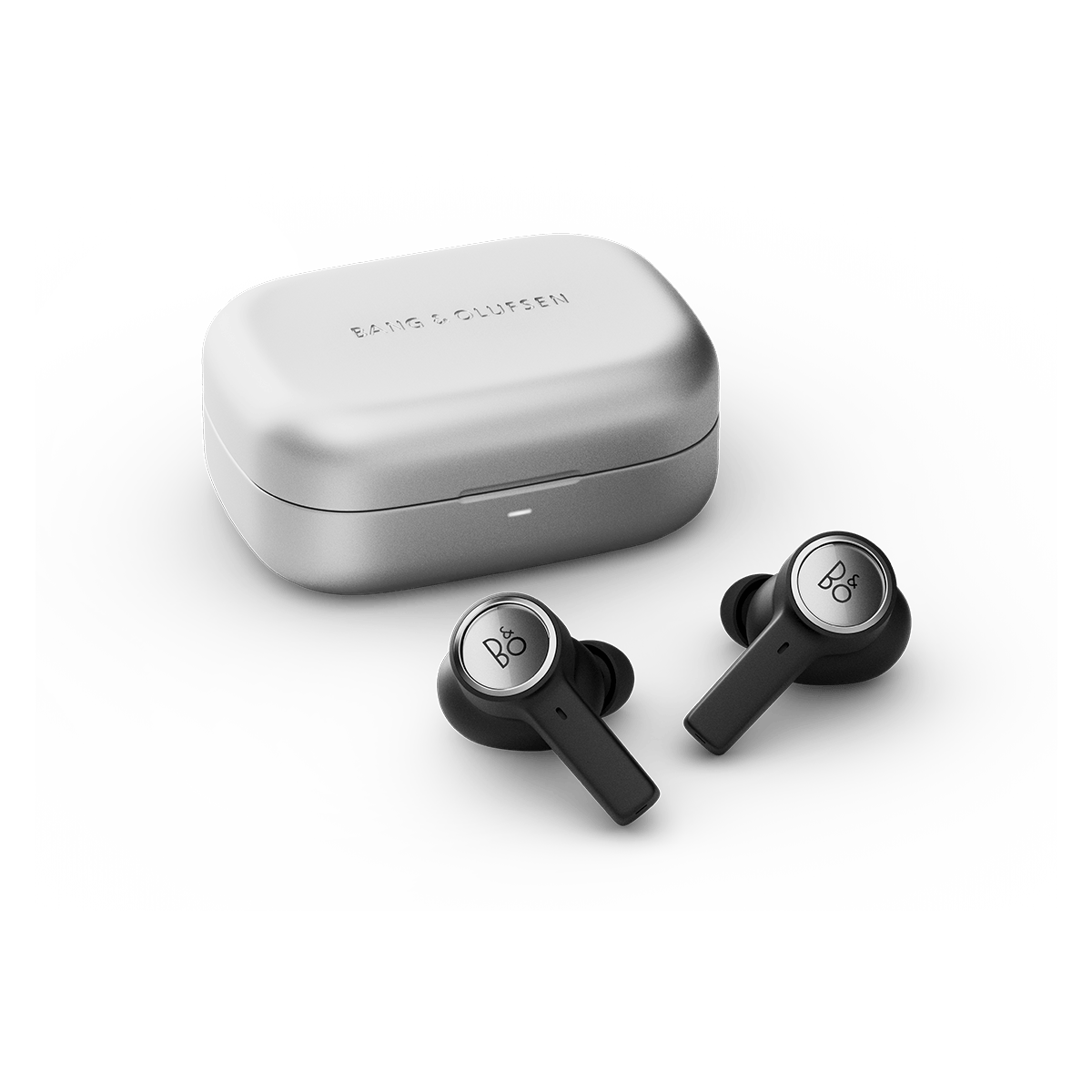
The first thing you’ll notice about the Beoplay Eleven headphones is their aesthetic appeal. Where most manufacturers opt for design choices that will draw the least attention, Bang & Olufsen has zigged whilst others zag, with its earbuds featuring what it refers to as a “gem-like” touch surface, available in ‘natural aluminium’ or ‘copper tone’.
When placed alongside the shot-blasted aluminium charge case, this elevates the Beoplay Eleven headphones into a league of their own when it comes to design and build quality (and with a price tag in excess of £400, we’d expect nothing less). Looks aren’t everything, though.
Incredible audio quality
To our ear, the sound produced by the two 9.2mm neodymium-magnet dynamic drivers was the most natural we’ve experienced in any of the products that we tested. However, at almost twice the price of other in-ear headphones in our round up, that’s to be expected. Every detail can be picked out, the soundstage is wide, and whilst there’s a good degree of bass, you don’t get the saturation that you sometimes find with lesser-quality headphones.
Going beyond sound quality
Like other wireless in-ear headphones, you only get between 6-8 hours of playback, depending on the amount of ANC you use. This is where the USB-C charging case comes into its own, delivering up to 20 hours of extra playback with ANC on, and up to 28 hours with ANC off (it can also be recharged wirelessly using a Qi-enabled device).
The design of the Beoplay Eleven is similar to other products, with weight (6g per earphone) evenly distributed across its bud and stem. Unlike the AirPods Pro 2, though, where the earbud stem is used to control playback and other functions, you tap the main body of the earbud to control the Beoplay Eleven (this means you can use the stem to adjust them in your ear, without worrying about accidentally hitting the controls). However, it does mean that changing the volume requires you to double-tap and hold on either the left or right earbud, and we found this incredibly fiddly.
Like the Beoplay EX, which preceded the Eleven, Bluetooth codec support comes in the shape of aptX Adaptive, AAC, and SBC. We had no issues switching the headphones between iOS and Android devices, and the B&O app runs seamlessly across both operating systems. The app enables you to choose from existing sound ‘modes’, or create your own. And whilst you don’t get access to a full equaliser, it uses B&O’s ‘Beosonic’ sound-tuning feature, where you drag a point within a circle to your preferred audio type. It’s a great user experience, but audiophiles may miss the lack of EQ tweaking.
Elsewhere, you can also switch between ANC and transparency modes, and this is where the Beoplay Eleven falls short when compared to the other devices we tested. The ANC on the Beoplay Eleven is not what we’d expect from a product in this price range.
Are they right for you?
If ANC is at the top of your feature list, you will need to focus elsewhere. And this is a real shame, because alongside the lackluster ANC is a new feature called ‘Wind Guard’, which works incredibly well (using the device’s ANC filter). We tried it on a blustery dog walk, and it removed a good amount of annoying wind buffering.
Whether these headphones are the right choice for you is likely to come down to audio quality and design, and the importance you place on them. When it comes to sound quality, they can’t be faulted, delivering a natural profile that makes it suitable for multiple music genres.
Pros
- Natural sound profile
- High-end design and build
- Accurate audio detail
- Wind Guard works well
Cons
- Poor ANC functionality
- Lacks intuitive volume control
- Basic equaliser controls
- Expensive in comparison
Sony WF-1000XM5
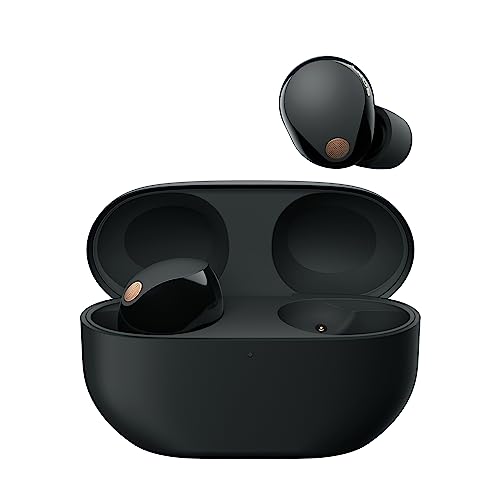
The Sony WF-1000XM5 earbuds have made quite a splash in the last 12 months, winning multiple five-star awards, and drawing plaudits for sound quality, ANC performance, and design. There are caveats, though. Whilst some users have no issue with getting a good fit from these stemless earbuds, others haven’t found it so easy. The supplied foam ear tips are a big help, as they have a degree of expansion that you don’t get with silicone, but it still took us a little time to get used to. Once you’ve got a secure fit, though, these headphones deliver in almost every respect.
Great sound and LDAC support
The WF-1000XM5 earbuds feature an updated driver, which is 8.4mm, compared to the 6.4mm driver in WF-1000XM4, anduse two different materials for high and low frequencies. This helps the XM5 push its sound quality to new heights, with support for LDAC, AAC, and SBC codecs. Audio is clean across low, mid, and high frequencies, and although they are a little bass heavy, this is easily adjusted via the five-level equaliser within Sony’s Sound Connect app.
Within the Sound Connect app you can switch between Noise Canceling (which gets close to Bose, but not quite), Ambient Sound, or turn these features off. And if you choose Ambient Sound, you can also adjust the amount of ambient audio that you want to let through. Like other headphones we tested, Sony has also introduced a spatial audio feature, but this is only available with compatible services.
Big design, small footprint
The WF-1000XM5 earbuds move away from the standard bud/stem approach preferred by the majority of brands, and instead have more of a pebble-shaped design, with the driver and ear tip attached. The controls on the headphones can be accessed by tapping the top half of each earbud, with volume adjustments requiring multiple taps on either side (left to lower the volume, and right to increase it). As with other headphones that use multiple taps to adjust the volume, we found this to be a mixed experience, with accidental track skipping relatively common.
Each charge of the WF-1000XM5 will get you around eight hours of playback. And the supplied charging case (which is the smallest of those that we tested) gives you another 16 hours, bringing the total up to 24 hours. Despite being slightly deeper than the AirPods Pro 2 case, it has a smaller footprint, making it ideal for those with limited storage space.
Are they right for you?
If you’re looking for a £200 set of in-ear headphones outside of the Apple ecosystem, there’s a good chance that you’ll be choosing between these and the Bose QuietComfort Ultra Earbuds. And how you make that choice will come down to personal preference. From our perspective, though, the performance and fit of the Bose earbuds elevates them above WF-1000XM5. But it was a close call. And the design, fit, and smaller charger case may be enough to sway you towards the Sony headphones.
Pros
- Excellent ANC
- Multiple codec support
- Compact design
- Rich sound quality
Cons
- Can be tricky to fit
- Hard to orient correctly
- Fiddly to remove from case
- Poor volume control
JBL Tour Pro 3
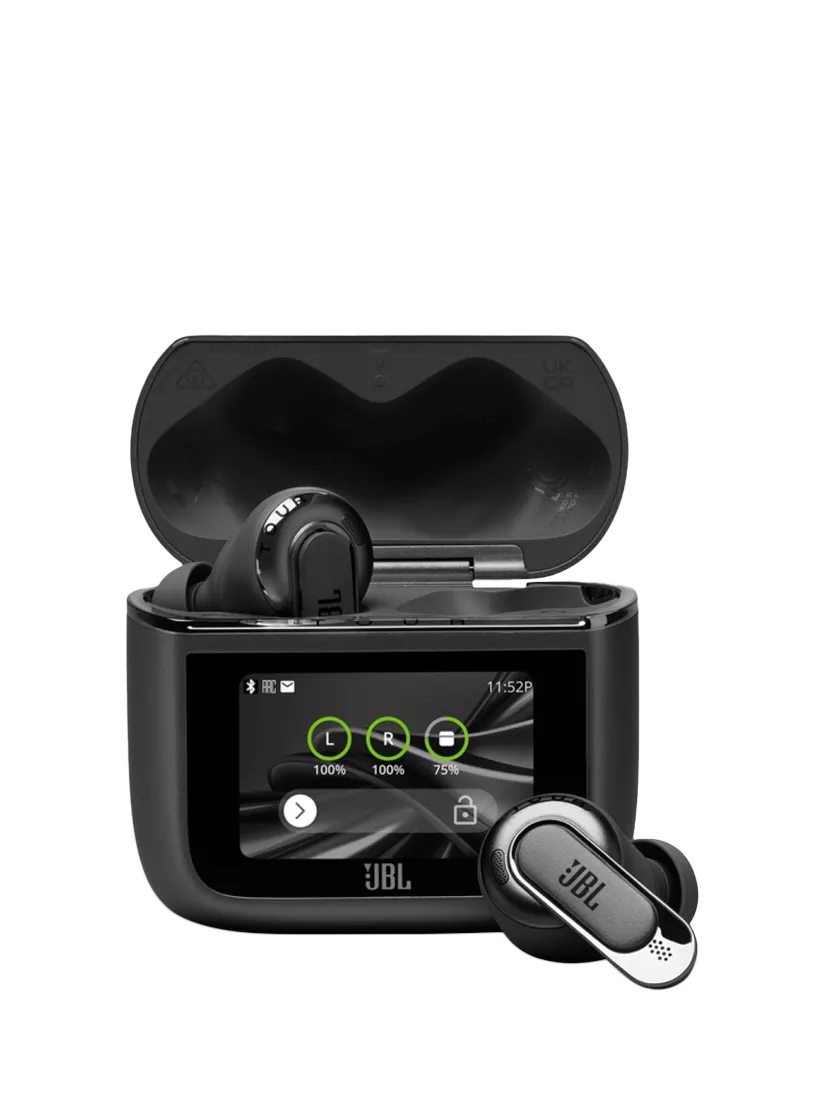
The Tour Pro 3 in-ear headphones have a lot of positives, and despite being listed on the JBL website for almost £300, they can now be picked up for less than you’d pay for the Bose or Sony headphones in our round up. But why would anyone consider these headphones when you consider the alternatives that can be picked up for a similar price? The answer is features; lots and lots of features.
Where to start?
The first thing to flag up is that these headphones are a bucketload of fun. What we mean by this is that, whilst maybe not replicating the most accurate sound signature, the JBL Tour Pro 3 have been tuned to deliver audio that provides an exciting listening experience. The bass is punchy. The treble is bright. The ANC is excellent. And unless you care deeply about picking out every detail in your audio, you’re likely to enjoy what you get from them.
Unlike other products in this class, where you may get eight hours of playback at a push, you can get between eight and 11 hours from the Tour Pro 3, with the accompanying charging case giving you another 33 hours of playback. The charging case has a similar footprint to the Bose QuietComfort Ultra Earbuds, but is a little deeper, and there’s a good reason for this: it comes with its own touchscreen.
Using this screen you can access a number of features, such as volume, a ‘Find My Buds’ tool, battery status, ANC and ambient sound controls, track information, voice aware settings, spatial audio control, and there’s even a torch. Beyond this, the case can also be used as a wireless audio transmitter for analogue sources, and can also be used as an Auracast transmitter, so multiple devices can connect to a single source.
App and functions
Operating the headphones is similar to other devices, which rely on a number of taps to control playback and select your preferred listening mode; whether that’s ANC, awareness, or TalkThru (which lowers volume and amplifies speech). And, whilst not the default, you can configure the left earbud to operate volume control rather than listening mode.
The JBL Headphones app is also packed with features, being one of the best we used in our testing, with the option to change the 10-level EQ settings, manage adaptive ANC controls, and run a fit test for optimal seal and sound. From within the app you can also access JBL’s Personi-Fi software, which creates a personalised hearing profile, based on your hearing range across low, mid, and high frequencies in your left and right ears.
Are they right for you?
These headphones may not suit audio purists, who want to get as close to the original recording as possible. But if you’re happy with a non-neutral sound signature that delivers bags of character, the extra features in the JBL Tour Pro 3 could be enough to sway you.
Pros
- Big bass and punchy treble
- Loads of features
- Touchscreen on case
- 30+ hours of playback
Cons
- Build quality of case
- Mid frequencies can get lost
- Can’t adjust volume with stem
- Not ideal for audio purists
Nothing Ear
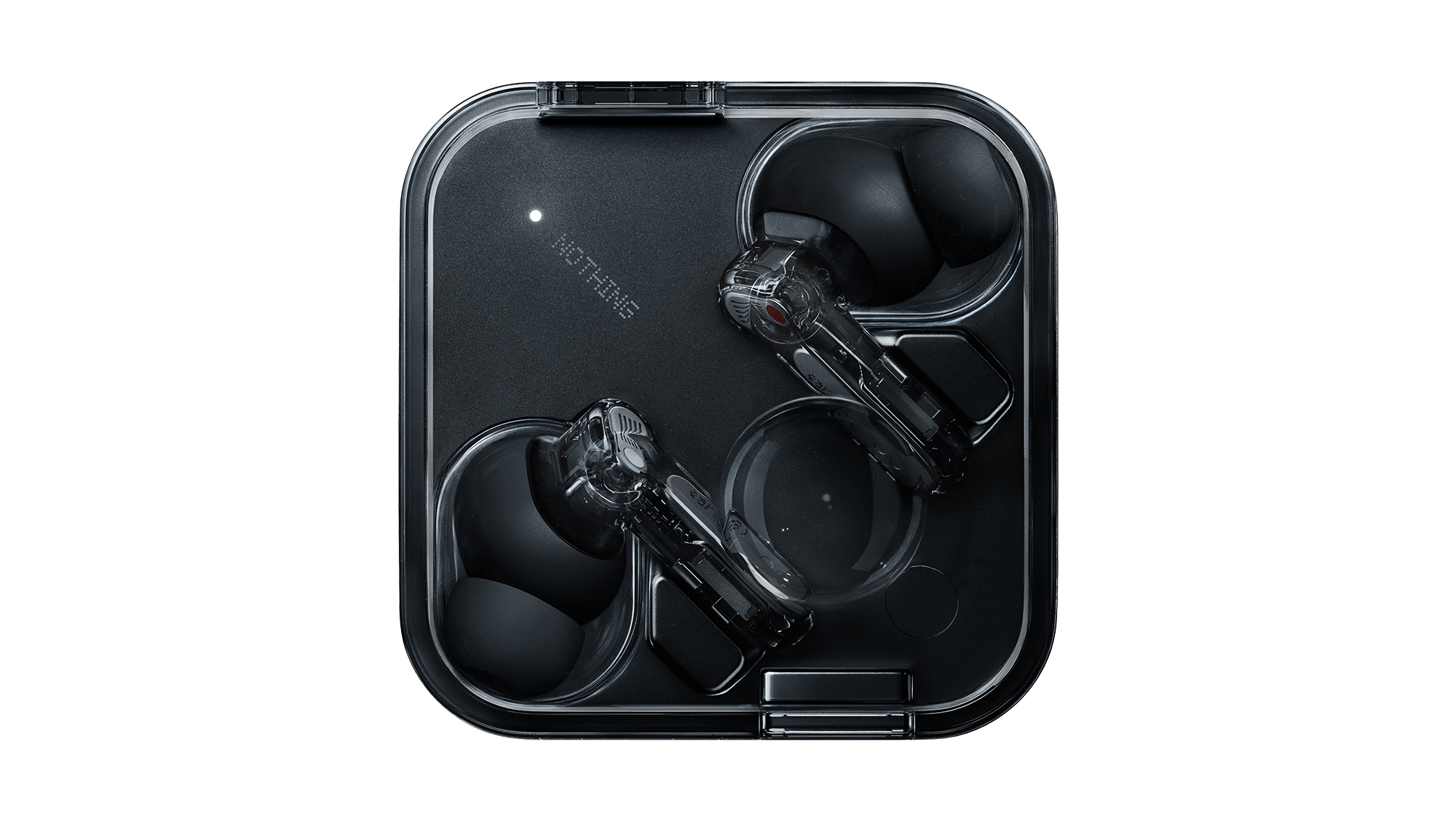
The Nothing Ear headphones provide most of what you’ll find in other products included in this round up, at a fraction of the cost. But the first thing you’ll notice about them is likely to be the design, which uses transparent materials in the stems, and mirrors elements of the company’s phone designs, delivering a degree of view through, which is continued in the product’s charging case.
Not your average in-ear
To operate the headphones you squeeze the earbuds’ stem, with a single pinch used for pausing and playback, two pinches used for skipping, and so on. A long pinch on either the left or right stem controls your listening mode by default, but can also be configured to operate the volume. And at just 4.6g per earbud, these headphones are comfortable to wear, even with prolonged listening.
Under a single charge the Nothing Ear delivers seven to eight hours of audio playback, with the case providing another four more charges, giving you over 30 hours of playback. And removing and reseating the earbuds in the case is a cinch, with strong magnets ensuring that they stay in place. However, the case doesn’t have the same build quality as others in this round up, and feels more fragile as a result.
An app to be proud of
The performance of the Nothing Ear headphones is on par with the JBL Tour Pro 3, including above-average ANC performance that can be adjusted via the Nothing X app, which is free to download on iOS and Android. Elsewhere in the app you can change your audio settings with a bespoke equaliser, with the ability to drag three points that control bass, treble, and mid.
The Nothing X app can also create a bespoke listening profile, which uses Mimi Hearing Technologies' software to run a hearing test, based on your ability to distinguish sounds across a number of different frequencies. You then get a custom profile that shows the frequency ranges where your hearing may need support.
Are they right for you?
Currently listed as £119 on the Nothing website, these headphones are giving more established brands a run for their money in areas such as design, ANC, audio quality, and app support. And this may be enough to make them your preferred choice, especially as a set of companion headphones that you only use for tasks such as commuting or exercise. If you’re looking for in-ear headphones that contain all the features of £200-£400 equivalent, at a fraction of the price, then the Nothing Ear could be your best option.
Pros
- Excellent ANC
- Light and comfortable
- Great companion app
- 40+ hours of playback
Cons
- Larger case than competitors
- Sound profile isn’t for everyone
- Adjusting volume is fiddly
- Not ideal for audio purists
Receive our daily digest of inspiration, escapism and design stories from around the world direct to your inbox.
Dan Oliver is a Technology journalist, editor and copywriter. In addition to his work at Wallpaper*, he has written for brands including TechRadar, T3 magazine, and The Sunday Times.
-
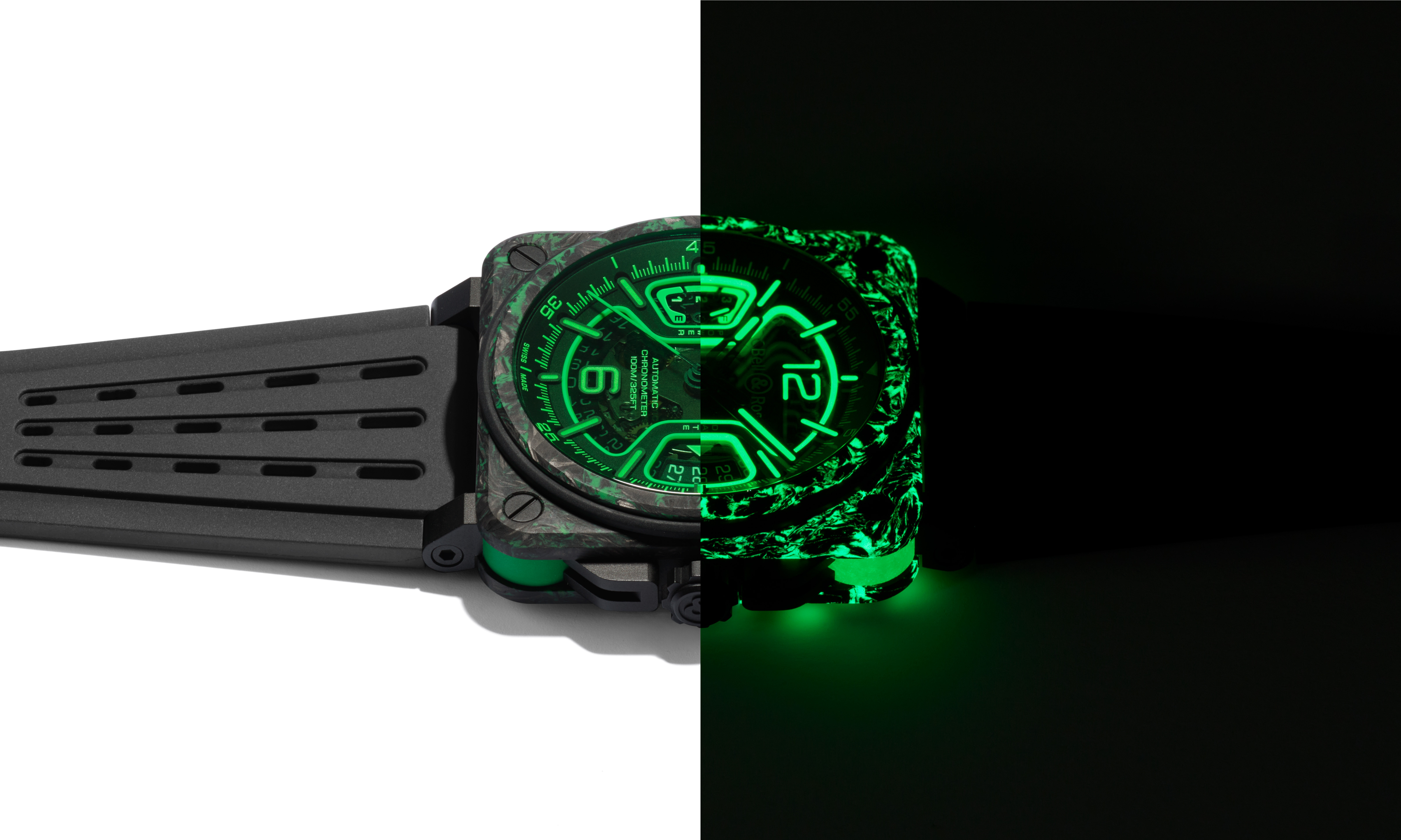 Get the glow: the best luminescent watches
Get the glow: the best luminescent watchesIs luminescence the next artistic edge in watchmaking? Here’s how brands from MB&F to Schofield, IWC, Bamford and Bell & Ross are developing exciting, glowing watches
-
 Fall back in love with the mountains at this sculptural retreat in the Dolomites
Fall back in love with the mountains at this sculptural retreat in the DolomitesIn South Tyrol, the refreshed Forestis hotel raises the bar for high-altitude calm
-
 Extreme Cashmere’s New York store is a haven for knitwear and furniture lovers alike
Extreme Cashmere’s New York store is a haven for knitwear and furniture lovers alikeDesigned to evoke a ‘luxurious home’, the Amsterdam-based knitwear label’s sophomore store on New York’s Mercer Street features an enviable interior curation – from poppy-print Milo Baughman chairs to a hot-pink Sabine Marcelis ‘donut’
-
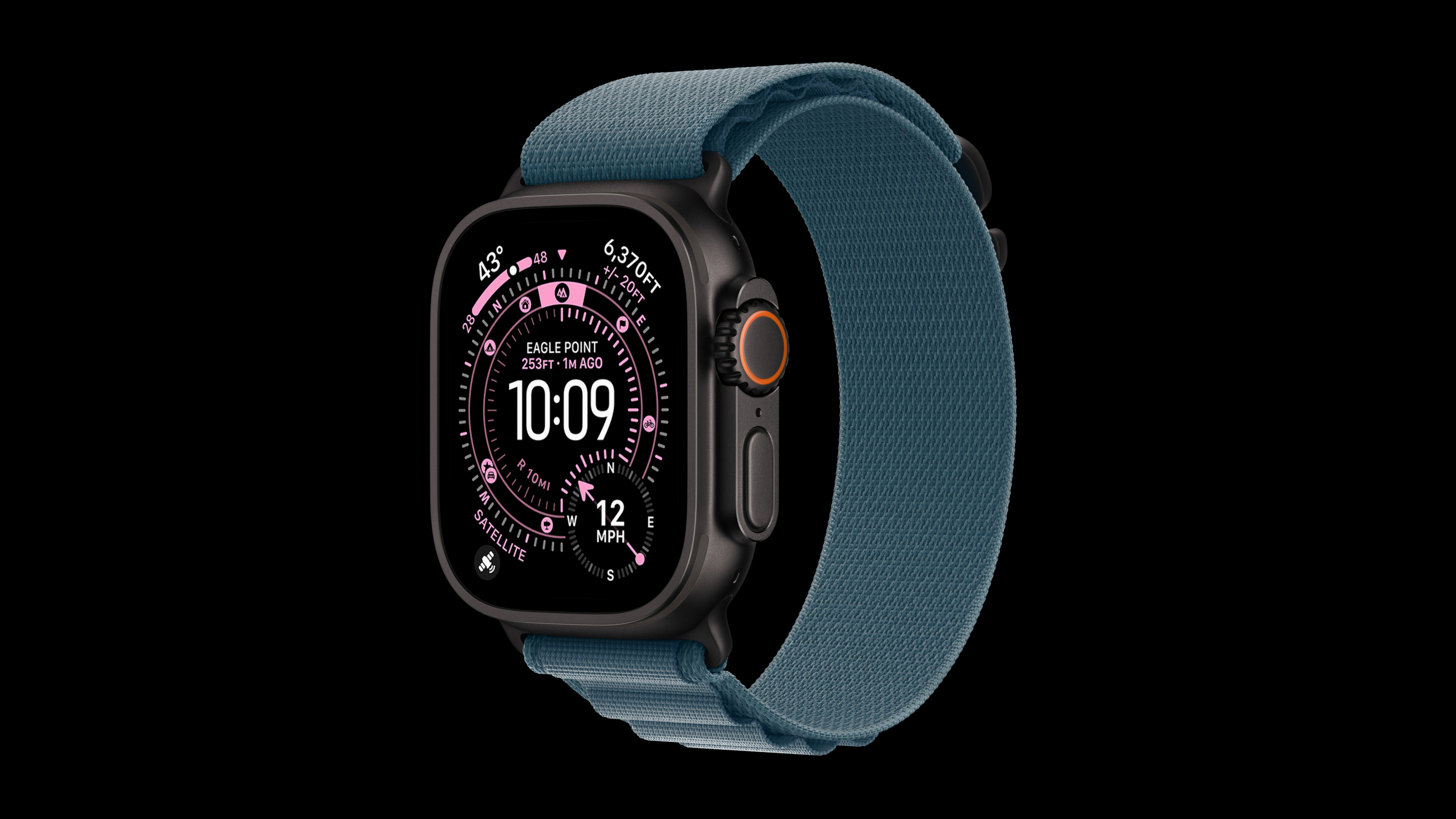 Apple Watch Ultra 3 has innovation at its heart – a 3D-printed titanium case
Apple Watch Ultra 3 has innovation at its heart – a 3D-printed titanium caseWe delve into Apple’s pioneering use of 3D-printed metal, and how it ties in with the company’s path to carbon neutrality
-
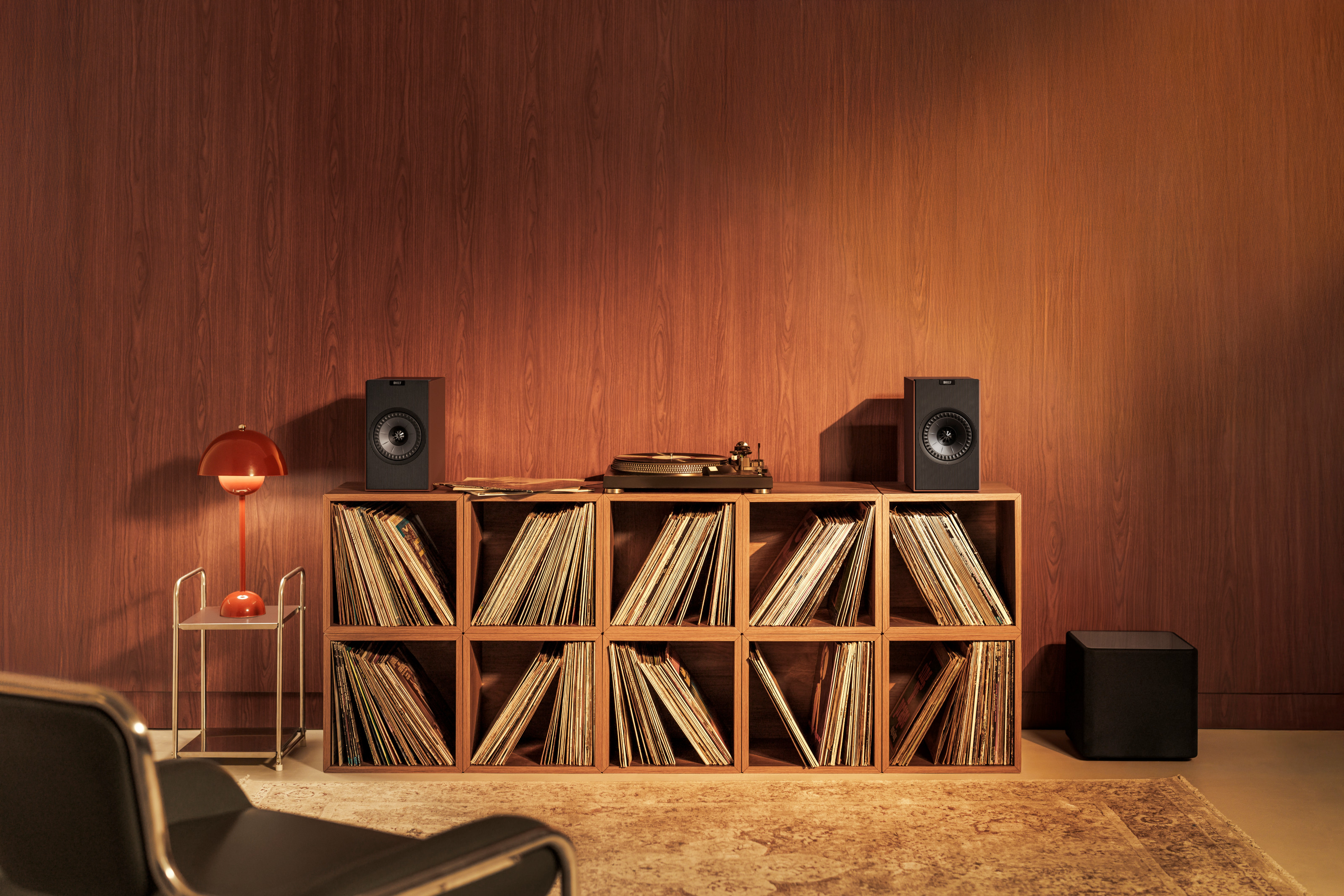 New speakers for every space, from all-in-one systems to high-end towers
New speakers for every space, from all-in-one systems to high-end towersExperience the highs and lows of your favourite audio in crisp detail with this selection of seven new speakers, large and small
-
 Love Hultén’s new book of audio experiments is weird and wonderful
Love Hultén’s new book of audio experiments is weird and wonderful‘Love Hultén: Works II’ assembles the latest eccentric sonic creations from the Swedish artist and instrument maker
-
 Bang & Olufsen Reloved brings expertly refurbished tech to design-loving audiophiles
Bang & Olufsen Reloved brings expertly refurbished tech to design-loving audiophilesBang & Olufsen’s new Reloved initiative expands the company’s focus on quality, circularity and sustainability
-
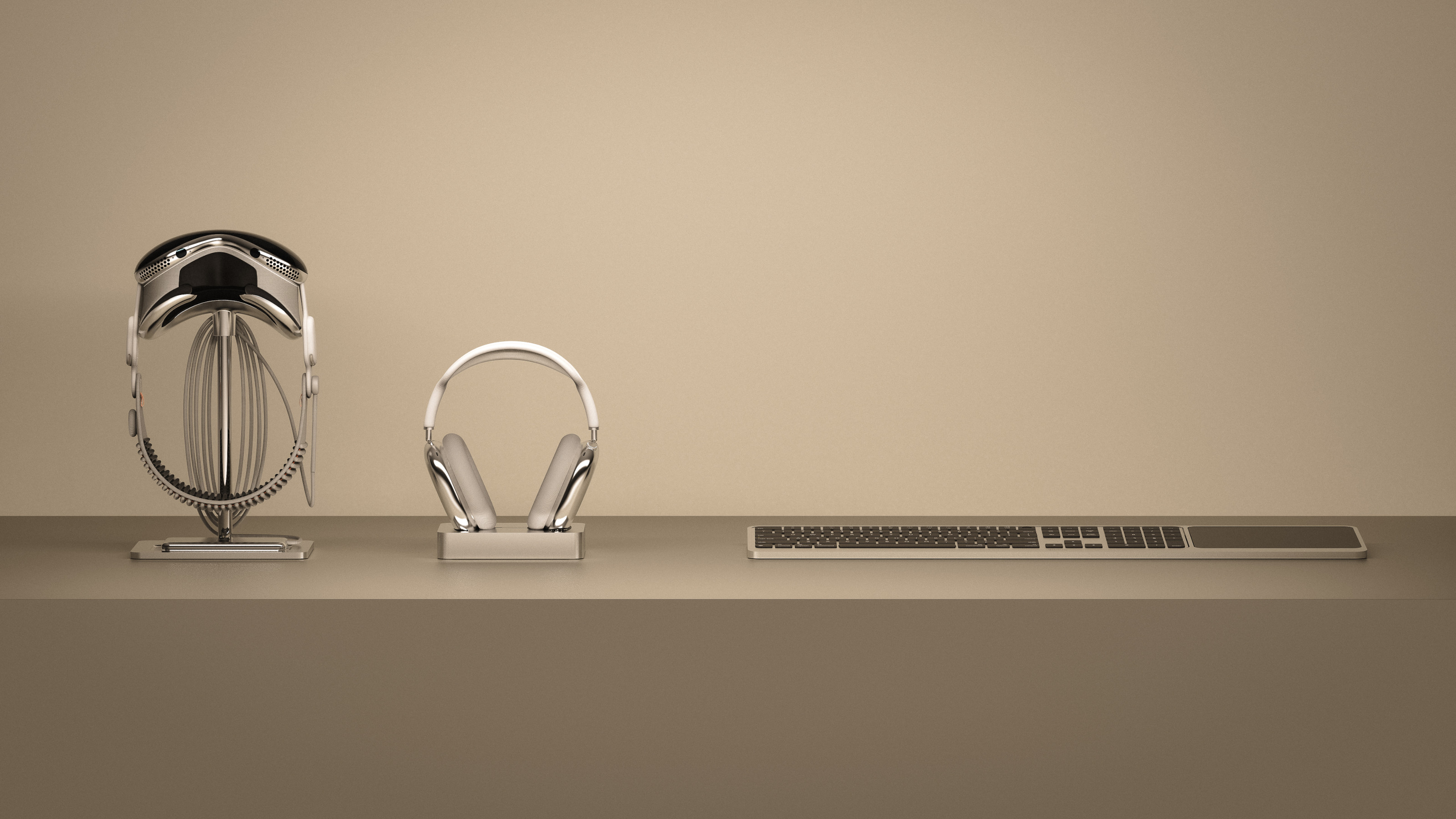 Bionic Labs builds precision next-level Apple accessories from aluminium and stainless steel
Bionic Labs builds precision next-level Apple accessories from aluminium and stainless steelFrom stands, chargers and keyboard trays to a set of accessories for the Vision Pro, Parisian design studio Bionic Labs offers only the best for your Apple gear
-
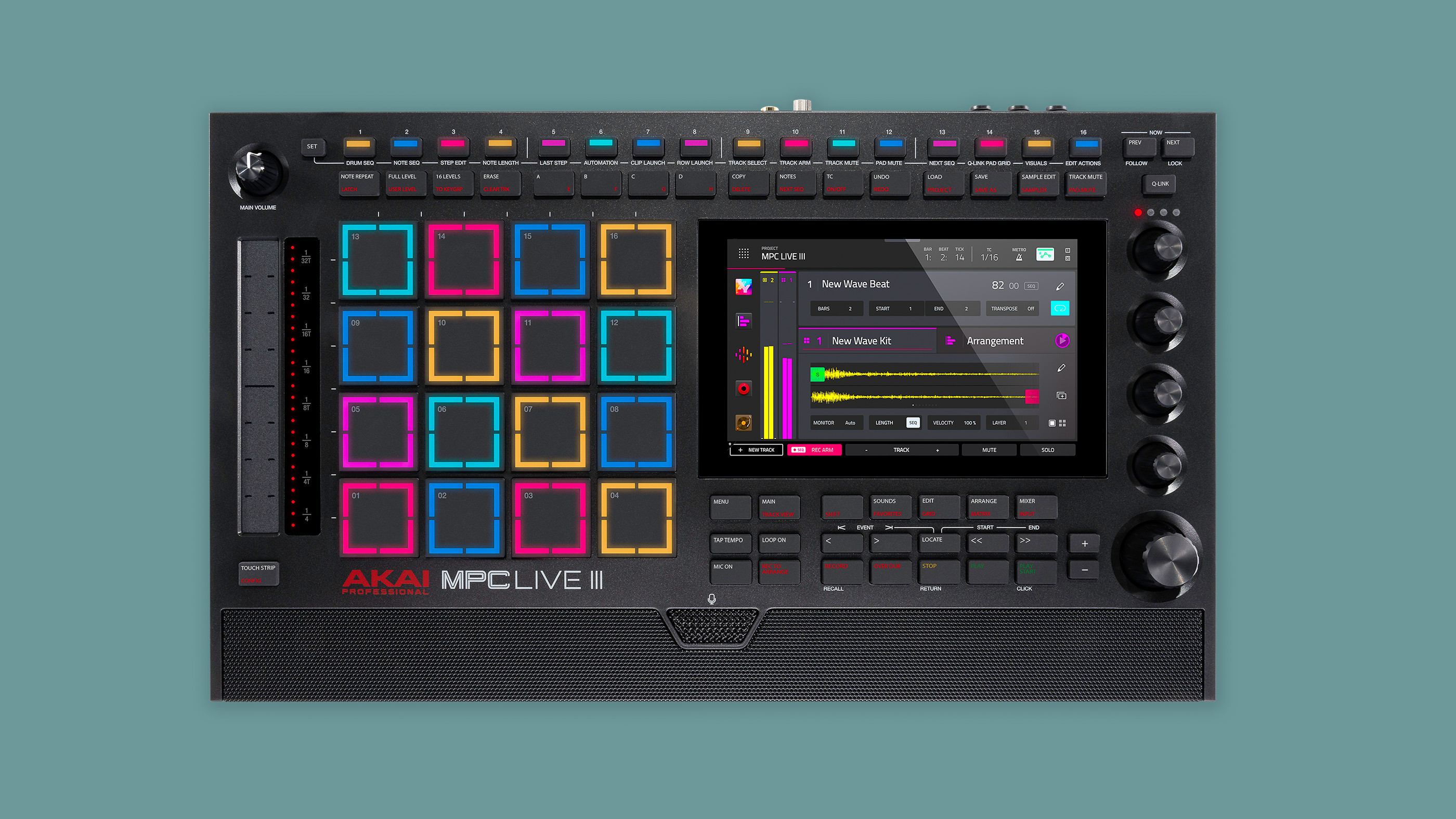 Nine music tech innovations shaping how we make sound
Nine music tech innovations shaping how we make soundNew releases from Akai, Boss, Roland and more help shape the future of music-making technology
-
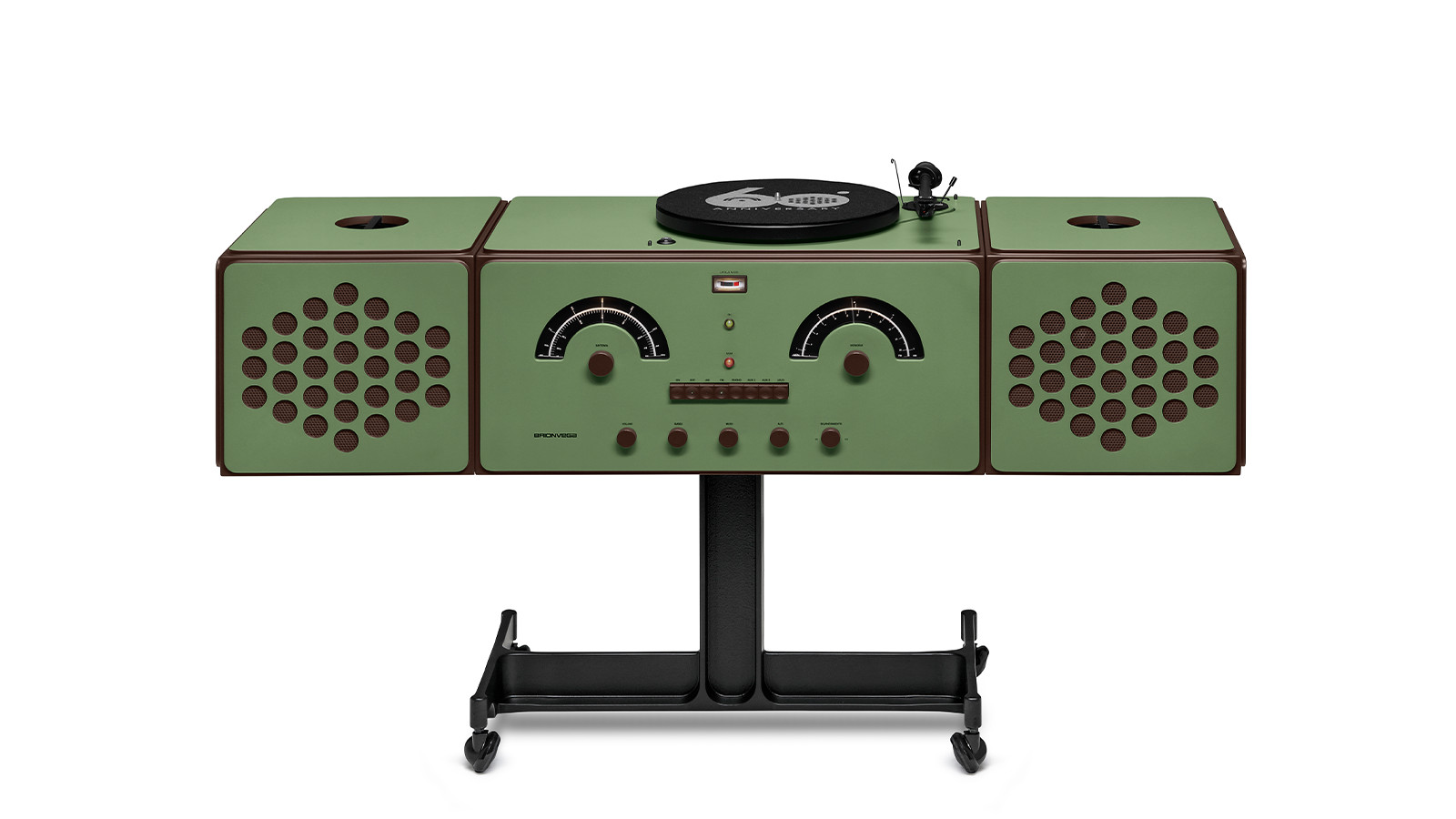 Six decades of sonic style are celebrated in this limited-edition Brionvega Radiofonografo
Six decades of sonic style are celebrated in this limited-edition Brionvega RadiofonografoBrionvega has lovingly kept the Castiglionis’ 1965 classic Radiofonografo in production. Now it’s marking the ultimate piece of sculptural hi-fi’s 60th anniversary with a limited edition
-
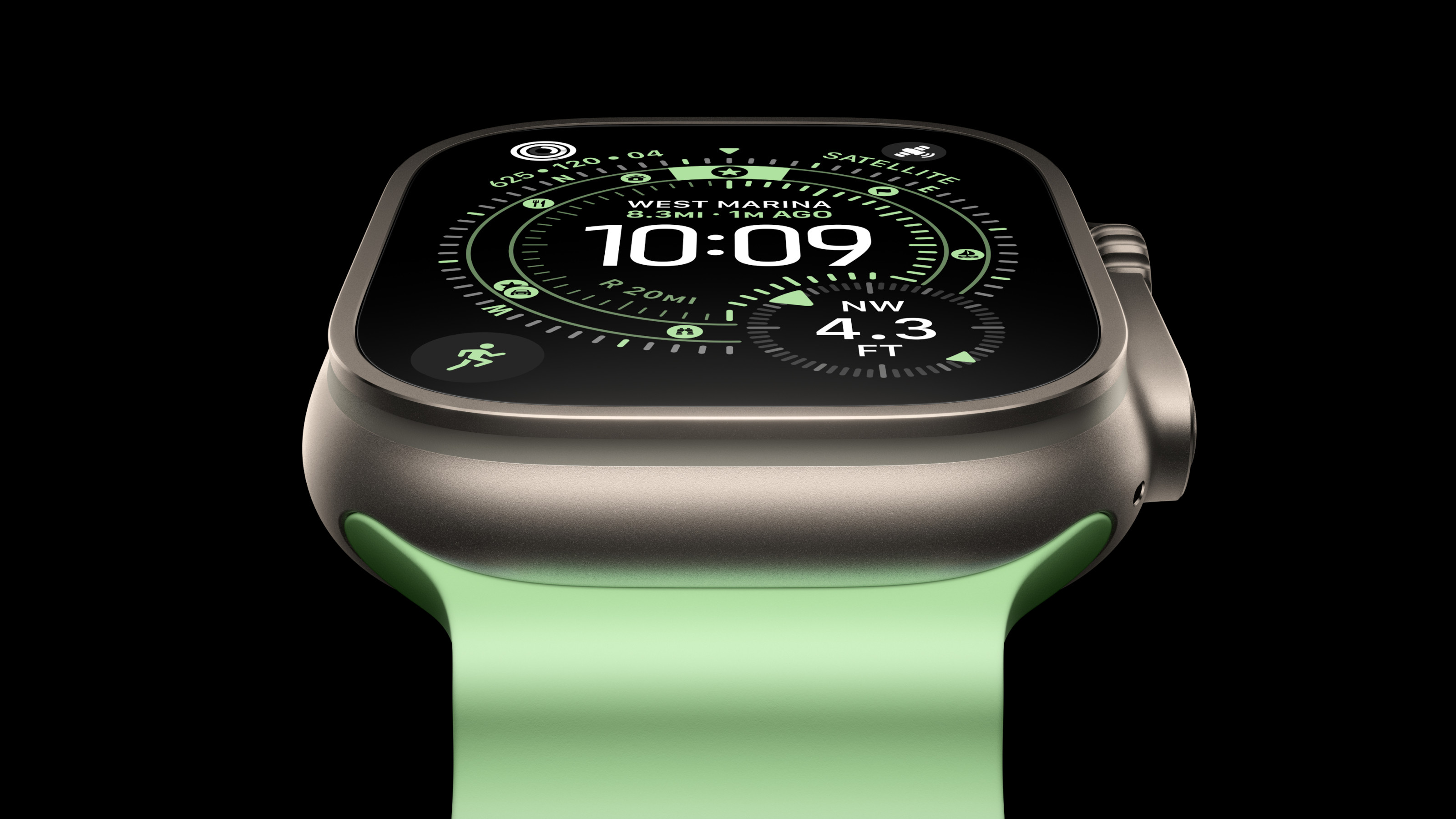 We roadtest Apple’s newest wearable tech, the Apple Watch Ultra 3 and Series 11
We roadtest Apple’s newest wearable tech, the Apple Watch Ultra 3 and Series 11The Apple Watch Ultra 3 hardly reinvents Apple’s most ruggedly handsome of designs, but it does refine it. And for truly off-grid adventurous types, it adds some potentially critical capabilities